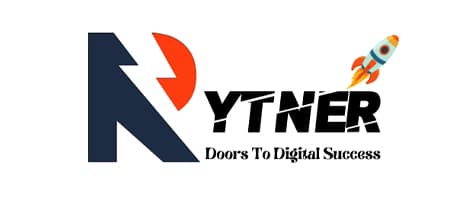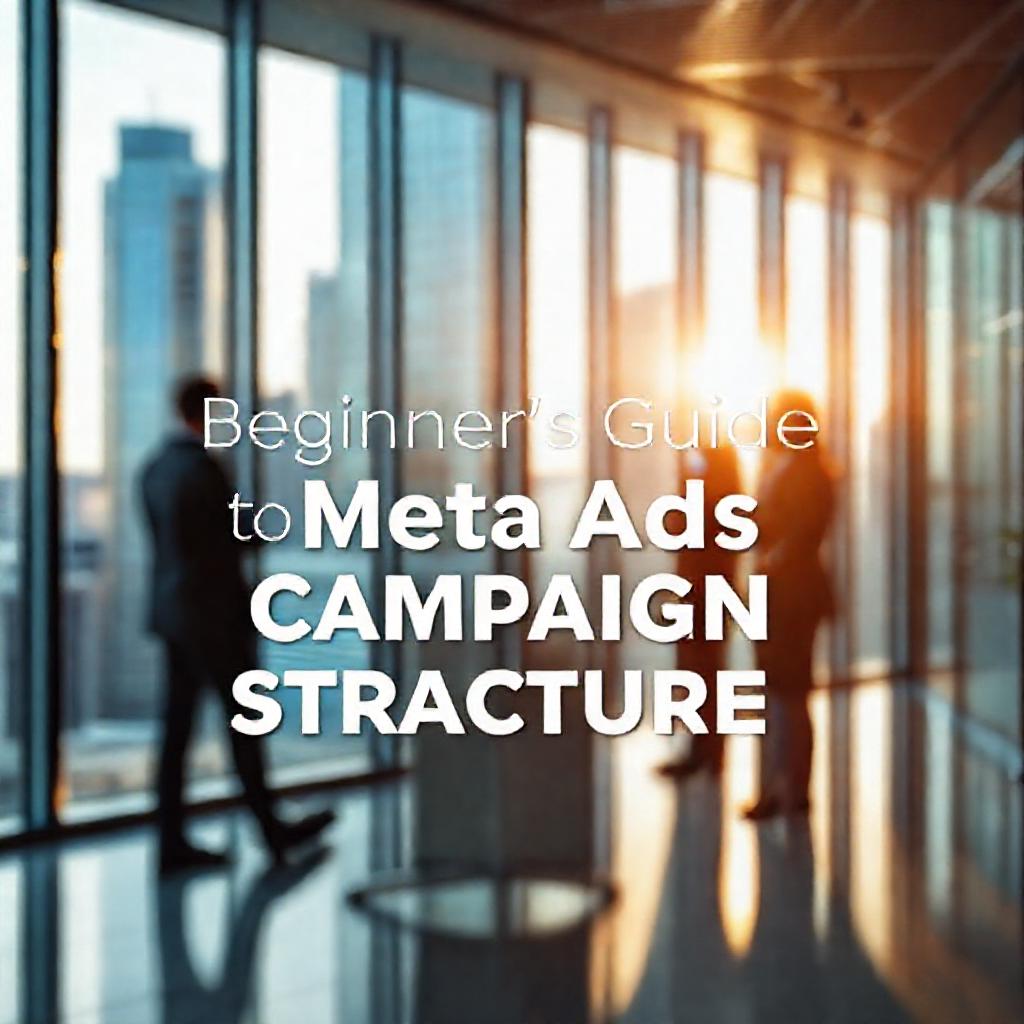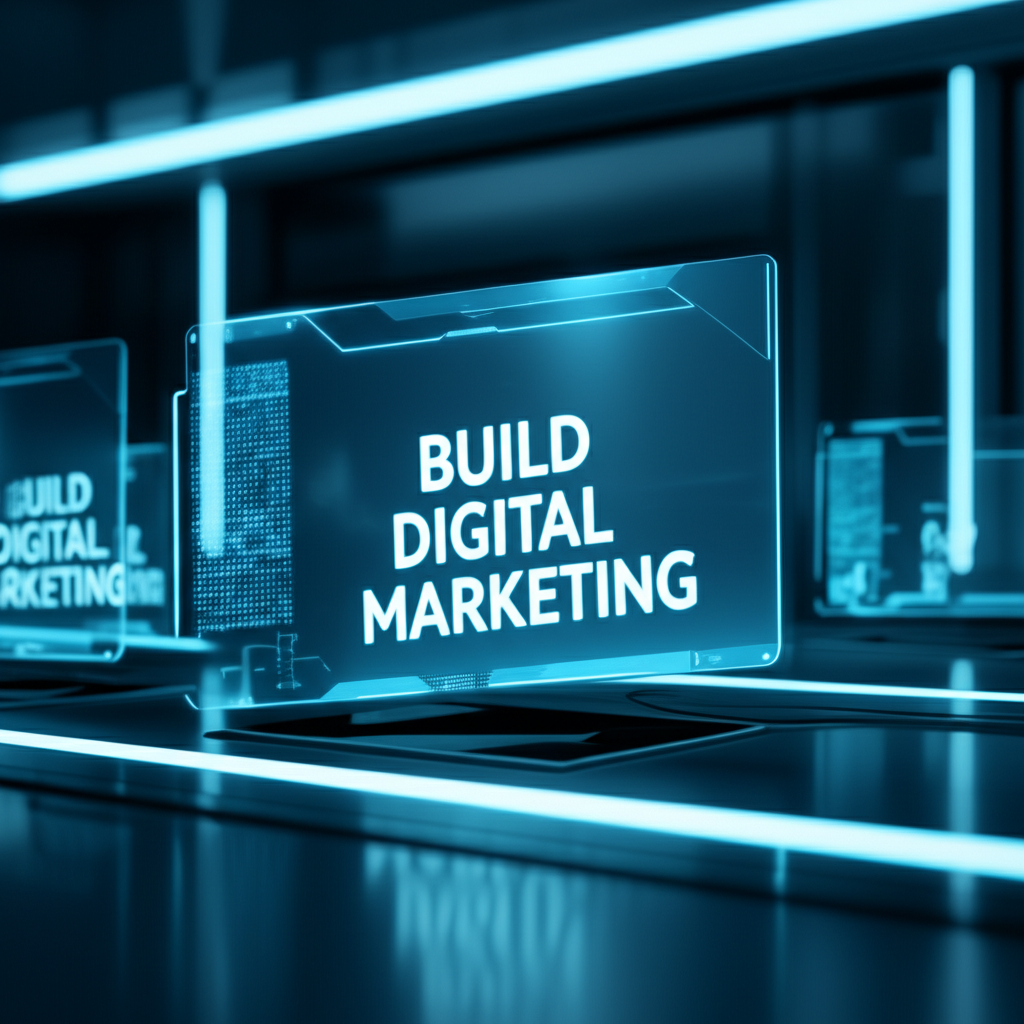Search Engine Optimization (SEO) is the practice of improving a website’s visibility in search engine results. While many factors influence rankings, on-page SEO plays a crucial role in helping search engines understand and rank your content. On-page SEO focuses on optimizing elements directly within your webpage—from content and keywords to technical factors like page speed. Whether you’re a blogger, business owner, or marketer, mastering on-page SEO can significantly boost your organic traffic and improve user experience. In this guide, we’ll break down the fundamentals of on-page SEO, its key elements, and actionable strategies to implement effectively.
What Is On-Page SEO?
On-page SEO refers to the process of optimizing individual web pages to rank higher and earn more relevant traffic in search engines. Unlike off-page SEO (which focuses on backlinks and external signals) or technical SEO (which deals with site structure and performance), on-page SEO centers on elements you control directly, such as content, HTML tags, and multimedia.
On-page SEO matters because it helps search engines understand your content’s relevance and quality. When optimized correctly, it can improve rankings, increase click-through rates (CTR), and enhance user engagement.
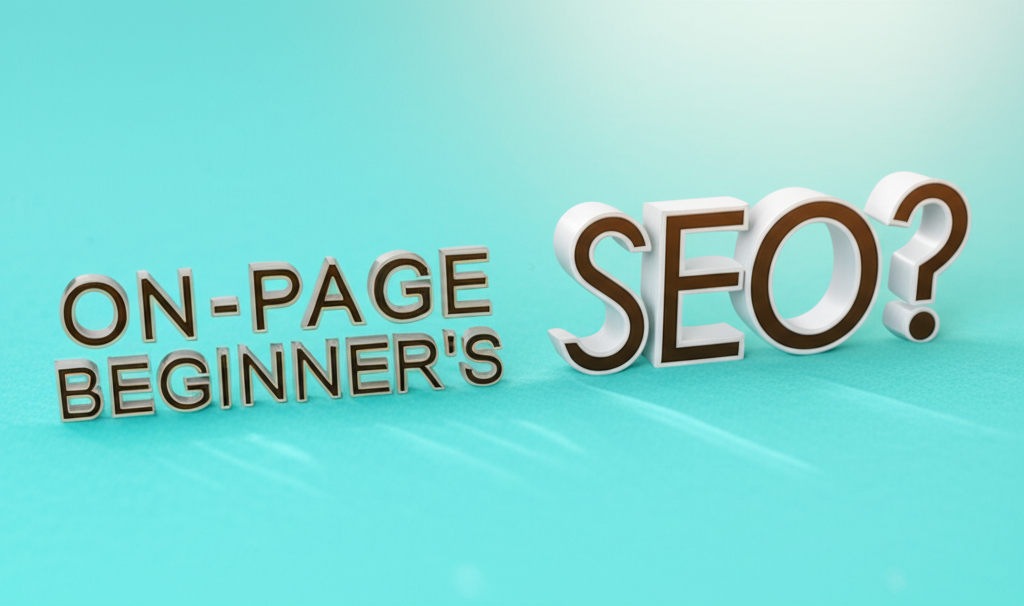
Key Elements of On-Page SEO
Content Optimization
High-quality, relevant content is the backbone of on-page SEO. Your content should answer users’ queries thoroughly while incorporating target keywords naturally. Keyword research is essential—identify terms your audience searches for and integrate them into your content without overstuffing. Semantic SEO, which focuses on related terms and context, also helps search engines grasp your content’s depth.
Title Tags & Meta Descriptions
Title tags (the clickable headings in search results) and meta descriptions (the short summaries below titles) are critical for CTR. Best practices include:
-
- Keep title tags under 60 characters and include primary keywords.
- Write meta descriptions within 150-160 characters, making them compelling and keyword-rich.
- Avoid duplicate titles or descriptions across pages.
Header Tags (H1, H2, H3, etc.)
Header tags structure content hierarchically, improving readability and SEO. The H1 tag (usually the page title) should include the main keyword, while H2 and H3 tags break content into digestible sections. Avoid missing or duplicate headers to maintain clarity.
URL Structure
SEO-friendly URLs are short, descriptive, and include target keywords. For example:
- Bad:
yoursite.com/page123?id=456 - Good:
yoursite.com/best-on-page-seo-tips
Keep URLs under 60 characters and separate words with hyphens.
Image Optimization
Optimize images by:
- Using descriptive filenames (e.g.,
on-page-seo-guide.jpginstead ofimage123.jpg). - Adding alt text to improve accessibility and keyword relevance.
- Compressing images to reduce load times.
Internal Linking
Internal links connect related pages within your site, improving crawlability and user navigation. Use anchor text that’s descriptive (e.g., learn more about keyword research) rather than generic phrases like “click here.”
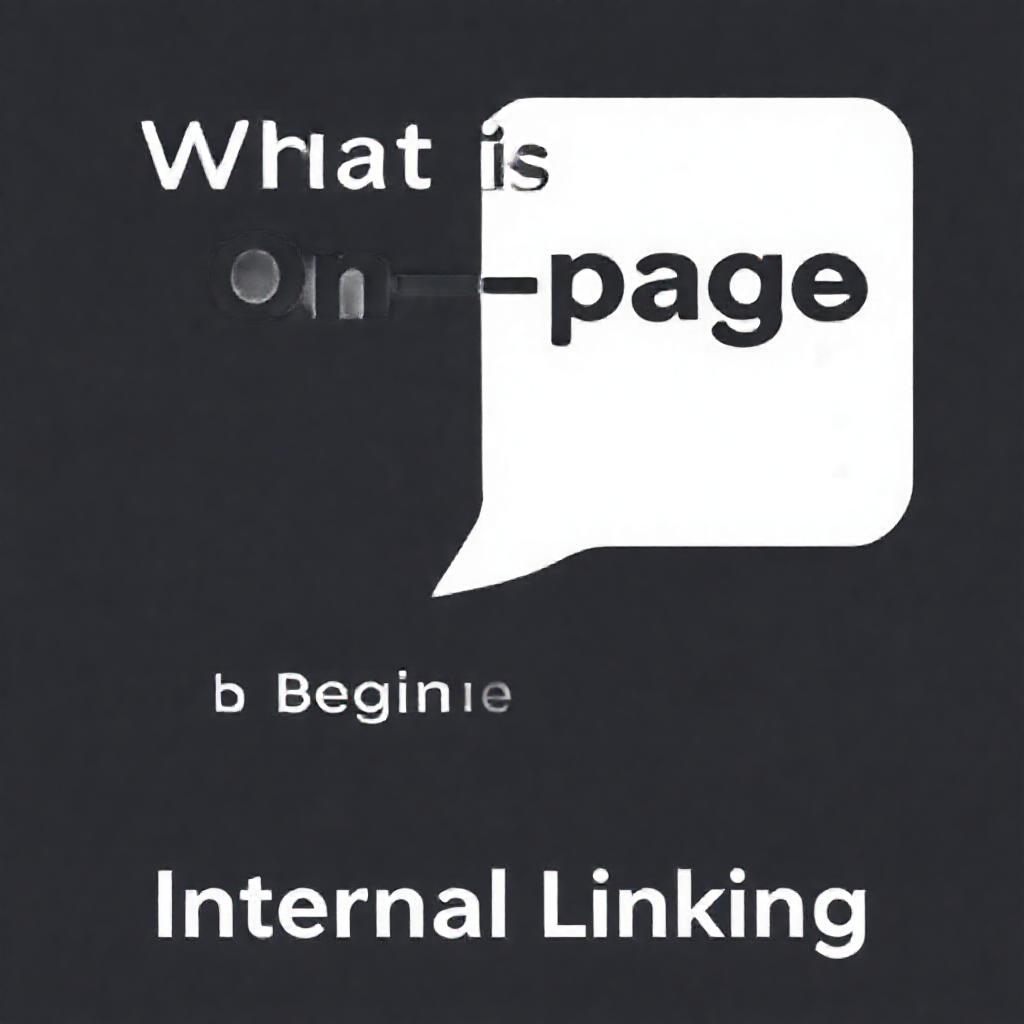
External Linking (Outbound Links)
Outbound links to authoritative sources can enhance your content’s credibility. Link to reputable sites when referencing data or supporting points, but avoid excessive linking.
Technical On-Page SEO Factors
Page Speed & Mobile-Friendliness
Slow-loading pages hurt rankings and user experience. Test speed with tools like Google PageSpeed Insights and optimize images, enable caching, and reduce redirects. Mobile-friendliness is also critical—Google prioritizes mobile-first indexing.
Structured Data & Schema Markup
Structured data (schema markup) helps search engines display rich snippets (e.g., star ratings, event details). Common schema types include:
- Articles
- Local businesses
- FAQs
Use tools like Google’s Structured Data Markup Helper to implement schema.
Canonical Tags & Duplicate Content
Canonical tags tell search engines which version of a page is the “original,” preventing duplicate content issues. Add <link rel="canonical" href="original-url" /> to avoid splitting rankings across similar pages.
On-Page SEO Tools & Resources
Leverage tools to audit and improve on-page SEO:
- Yoast SEO: WordPress plugin for optimizing content and meta tags.
- SEMrush/Ahrefs: Analyze keyword performance and backlinks.
- Google Search Console: Monitor indexing and fix errors.
Common On-Page SEO Mistakes to Avoid
Steer clear of these pitfalls:

- Keyword stuffing—prioritize readability over spammy repetition.
- Ignoring mobile optimization—test responsiveness regularly.
- Poor internal linking—map a logical structure for users and search engines.
- Neglecting meta descriptions—low CTR can hurt rankings.
Conclusion
On-page SEO is a powerful way to improve your website’s visibility and user experience. By optimizing content, meta tags, headers, images, and technical elements, you’ll create a strong foundation for higher rankings. Remember, SEO is an ongoing process—continuously refine your strategy based on performance data and algorithm updates.
Ready to boost your rankings? Start implementing these on-page SEO best practices today.
FAQs About On-Page SEO
What is the difference between on-page and off-page SEO?
On-page SEO focuses on elements you control (content, tags, etc.), while off-page SEO involves external factors like backlinks and social signals.
How often should I update my on-page SEO elements?
Review and update content, keywords, and meta tags quarterly or when search trends change.
Can on-page SEO alone rank my website in search results?
Statistics table for Can on-page SEO alone rank my website in search results?
On-page SEO is essential but should be combined with off-page and technical SEO for best results.
What are the best tools for checking on-page SEO issues?
Tools like SEMrush, Screaming Frog, and Google Search Console help identify and fix on-page issues.
Does on-page SEO affect local search rankings?
Yes—optimizing content, Google My Business listings, and local keywords improves local visibility.
